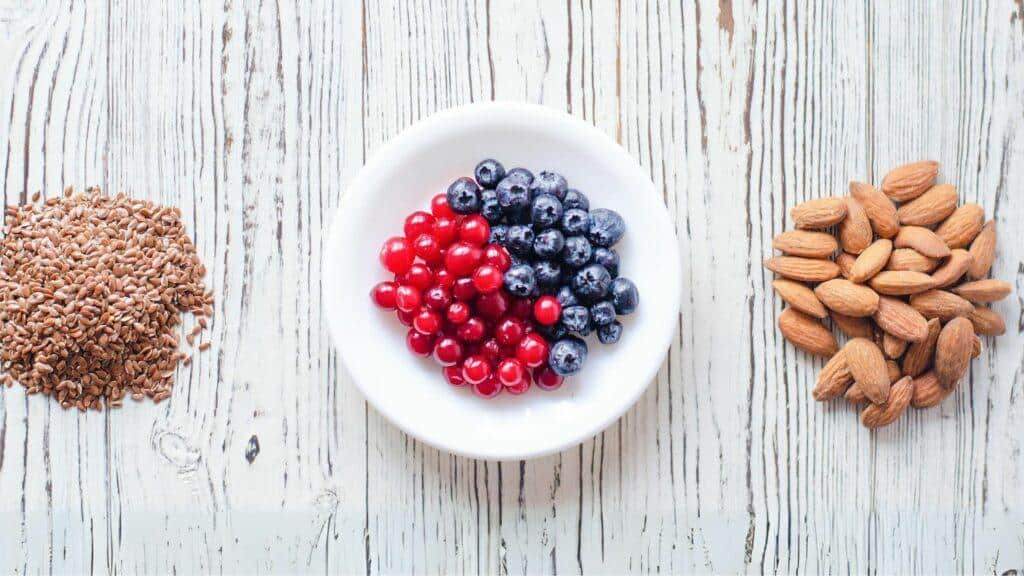Functional Food and Beverage: Taste, texture, and Formulation Challenges
In 2024, health is on everyone’s mind. And all the health benefits that functional food and beverage products bring to the table, they can also introduce a number of taste, texture, and formulation challenges. Some of which can determine the success and longevity of a product.
According to recent research from McKinsey, 82% of US consumers now see wellness as a top or important priority, with 73% in the UK and 87% in China feeling the same way.
This shows that if consumers have learned anything over the past few years, it’s that you have to be proactive in prioritizing your health.
Increasingly, many are looking to address this through vitamins and supplements. More than 2/3 (68%) of people believe they play an important role in their health and wellness.
Whether used for preventive or therapeutic purposes, a clear majority (65%)[1] of people who purchase these products stress the necessity of being able to tailor them to their specific needs.

The ability to customize your approach to wellness is also the driving force behind the rise of functional food and beverages.
Utilizing many of the same functional ingredients as popular supplements, these products are changing the landscape significantly.
From boosting immunity to increased energy or improved mental clarity and better sleep, the list of potential benefits is exciting for developers and consumers alike.
Expanding Functional Food & Beverage Challenges in Plant-based
Plant-based has been one of the fastest-growing, if not the fastest-growing, food and beverage categories over the last several years.
Botanicals for Better Health
Coinciding with the increasing demand from consumers everywhere for more protein, the number of plant-based options in the market has exploded and, in many ways, was a precursor to this trend of functional foods.
Like their animal-derived counterparts (whey, casein), each new plant-based protein option on the market can generate unwanted off-tastes to overcome. However, unlike the “wet dog” notes of milk-based protein, these alternatives usually come with green, earthy, dirt-like, and bitter off-notes.
Since the 1990s, Edlong has been at the forefront of innovating masking and flavor solutions to address and work with the challenges of plant-based ingredients.
Why is this important?

Many functional ingredients, such as adaptogens (ashwagandha, ginseng, maca root) and nootropics (lion’s mane, chaga, reishi), are categorized as botanicals. In other words, they, too, are plant-based.
As Edlong Global VP of R&D Dr. Bernd Koehler puts it in his recent article on Navigating the Future of Functional Foods, “Although many of the functional food and beverage products flooding the market may be novel, the taste challenges holding them back are not.”
This same statement applies to the expanding list of other functional ingredients as well.
Battling Bitterness and Other Off-notes
In addition to botanicals, a growing range of vitamins and minerals, amino acids, antioxidants, ‘biotics (pre, pro, and post), and other targeted compounds can be found in the functional foods now filling store shelves.

Despite this large number of ingredients, there is often an overlap in the taste challenges that come with them.
Looking at it from a sensory perspective, for example, caffeine is usually seen as a standard for bitterness. Still, ashwagandha could also present a similar undesired and distracting bitter-tasting note.
Although the perceived off-note may be the same, the unique characteristics of the ingredient and the formulation as a whole will determine the solution.
Finding the right answers starts by asking the right questions.
Adjusting the Levers: Overcoming Challenges in Functional Food and Beverages
Creating products that consumers crave always comes down to balance.

At Edlong, achieving that balance comes from looking at the totality of a project and all the levers available to get your desired result.
Is it as simple as using a masker or adding a characterizing flavor? Maybe adjusting the levels of sugar, fat, salt, or other ingredients can be the difference. Will changing any of those affect the bioavailability of your functional ingredient? How will your processing and storage impact taste and texture perception?
Understanding the challenges of your ingredients is the first step.
But most important is understanding your consumers and their expectations of your product.
Your Ingredients & Your Consumers
Not every functional food and beverage ingredient and its associated benefit is for everyone.
One person may want better heart health, while another is looking for relaxation and a mood boost. Children might not need the benefits of nootropic mushrooms or ginseng, but the whole family could benefit from improved immunity and a healthy gut.
Clarity on your consumer is essential for choosing the proper application and flavor profile.
Do you need to add sweet vanilla creaminess to a nutritious beverage for children or an umami-packed cheese profile for an on-the-go snack?
Whatever it is, Edlong is there to help you make it a reality. Through our collaborative and holistic approach, your consumers won’t have to choose between great health benefits and taste.
About the Author: Julie Drainville, Sensory Manager
Julie Drainville leads all sensory functions for Edlong globally, maintaining a trained employee panel for sensory testing, and also collaborating with applications scientists and customers to run testing to meet project needs. Julie has an extensive background in food science including over 15 years in the sensory field, a degree from Purdue University in Foods, Nutrition and Business/Dietetics, a Master of Science in Nutrition Education from Rosalind Franklin University, and completion of the UC Davis Applied Sensory and Consumer Science Certificate Program.
[1] Innova Health & Nutrition Survey 2023
Topics: Functional Foods
Resource Type: Article
Resource Region: EULATAMUS
